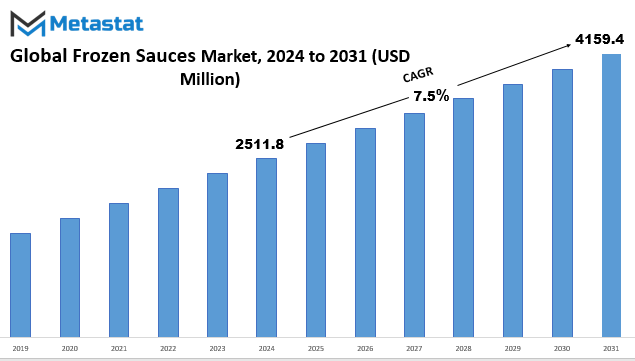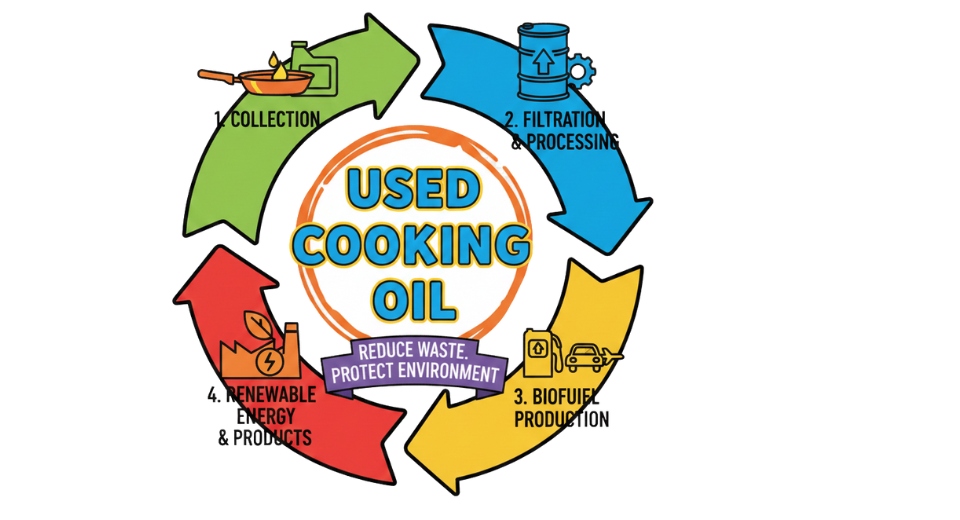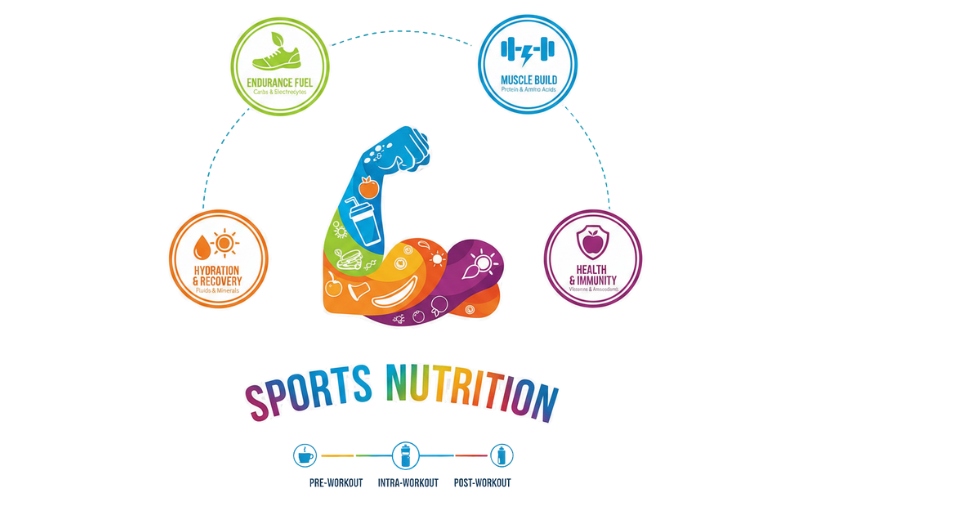MARKET OVERVIEW
The Global Frozen Sauces Market stands as a dynamic and flourishing sector within the broader food industry, experiencing remarkable growth in recent years. This market encapsulates a diverse array of frozen sauce products, ranging from traditional pasta sauces to exotic ethnic blends. A fundamental driver behind the surge in demand for frozen sauces is the evolving consumer lifestyle, characterized by a quest for convenience without compromising on taste and quality.
Frozen sauces offer consumers a convenient solution to their culinary needs, providing pre-prepared, flavorful options that significantly reduce cooking time and effort. This aspect is particularly appealing to the modern, time-pressed consumer who seeks a balance between hectic schedules and the desire for satisfying, home-cooked meals. The Global Frozen Sauces Market responds adeptly to this demand, presenting a wide spectrum of options that cater to various taste preferences and dietary requirements.
One notable trend shaping the market landscape is the increasing focus on innovative flavors and ingredients. Manufacturers within the Global Frozen Sauces Market are continuously experimenting with unique combinations, drawing inspiration from global cuisines to create a diverse and enticing array of options. This infusion of innovation not only caters to adventurous taste buds but also adds an element of excitement to everyday meals.
Furthermore, the market is witnessing a paradigm shift towards cleaner and healthier ingredient formulations. Consumers are increasingly scrutinizing product labels, demanding transparency, and seeking frozen sauces that align with their health and wellness goals. As a response, leading players in the Global Frozen Sauces Market are investing in research and development to create products that meet these evolving consumer preferences without compromising on taste.
The global reach of the market is expanding, driven by the increasing adoption of frozen sauces in both developed and emerging economies. Convenience, coupled with a growing interest in diverse culinary experiences, transcends geographical boundaries, making frozen sauces a staple in households worldwide. This global acceptance has spurred collaborations and partnerships among manufacturers, distributors, and retailers, creating a robust supply chain that ensures the availability of frozen sauces to a wider consumer base.
The Global Frozen Sauces Market is not just a segment within the food industry; it reflects the evolving preferences and lifestyles of contemporary consumers. The market's ability to adapt to changing trends, offer innovative products, and cater to health-conscious choices positions it as a pivotal player in the culinary landscape. As frozen sauces continue to redefine convenience in cooking, their journey within the global market is marked by growth, diversity, and a commitment to meeting the diverse needs of consumers around the world.
Global Frozen Sauces market is estimated to reach $4159.4 Million by 2031; growing at a CAGR of 7.5% from 2024 to 2031.

GROWTH FACTORS
The Global Frozen Sauces market is witnessing notable growth, propelled by a combination of factors that shape consumer preferences and market dynamics. One significant driver is the increasing demand for convenience food, as consumers seek quick and hassle-free meal solutions in today's fast-paced lifestyle. This trend reflects a shift in consumer behavior, emphasizing the need for easy-to-prepare meals without compromising on taste and quality.
Another influential factor contributing to the market's growth is the rising consumer preference for international cuisines. As globalization continues to connect cultures and expose individuals to diverse culinary experiences, there is a growing interest in exploring flavors from around the world. This has led to an increased demand for frozen sauces that cater to a variety of international tastes, offering consumers the opportunity to enjoy authentic flavors in the comfort of their homes.
However, despite these growth factors, the market faces challenges that could impede its progress. Fluctuating raw material prices emerge as a concern, impacting the production costs of frozen sauces. This volatility in input prices can affect profit margins for manufacturers, creating a challenging environment for sustained growth.
Quality concerns related to frozen food products also pose a potential hurdle to market expansion. Consumers, becoming more discerning about the products they consume, express reservations regarding the quality of frozen food items. Addressing these apprehensions and ensuring consistent quality will be crucial for market players to maintain and enhance consumer trust.
On a positive note, the market holds promising opportunities, especially with the increasing popularity of online food delivery services. As more consumers opt for the convenience of ordering food online, the demand for frozen sauces is likely to witness a significant upswing. This trend aligns with the broader shift towards e-commerce and digital platforms, presenting a lucrative avenue for market players to explore in the coming years.
The Global Frozen Sauces market is navigating a dynamic landscape shaped by changing consumer preferences and external challenges. While the demand for convenience and international flavors propels its growth, concerns about raw material prices and product quality linger as potential obstacles. The evolving landscape of online food delivery services, however, offers a silver lining and a pathway for sustained growth in the ever-changing market scenario.
MARKET SEGMENTATION
By Type
The Global Frozen Sauces market is quite diverse, with various types catering to different taste preferences. When we delve into the categorization by type, we find that the market can be neatly segmented into distinct varieties, each bringing its own unique flavor to the table. There's the classic Tomato Sauce. This is a staple in many households, appreciated for its versatility. Whether used as a base for pasta or pizza, or as a dipping sauce, its widespread popularity is evident.
Next up, it has Cheese Sauce, offering a creamy and indulgent option. Often enjoyed with nachos, fries, or even drizzled over vegetables, its rich texture adds a delightful twist to many dishes. Mayonnaise Sauce, another member of this flavorful lineup, brings a tangy and creamy element to the table. From sandwiches to salads, its usage is diverse, appealing to those who enjoy a smoother, velvety texture in their condiments.
Barbecue Sauce, with its distinct smoky and sweet notes, is a favorite among those who appreciate grilled or smoked foods. Whether slathered on ribs, chicken, or used as a marinade, it adds a distinctive taste that defines many barbecue dishes.
Chili Sauce, known for its spicy kick, caters to the heat enthusiasts. From adding a zing to stir-fries to being a perfect accompaniment to snacks, this variety appeals to those who like a bit of heat in their meals. The category of 'Others' encompasses a range of options that don't fit into the defined categories but offer unique flavors. This catch-all segment allows for innovation and experimentation in the frozen sauce market, catering to diverse consumer preferences.
The Global Frozen Sauces market, when dissected by type, reveals a spectrum of options, each playing a distinct role in enhancing the culinary experience. From the timeless appeal of Tomato Sauce to the bold and spicy notes of Chili Sauce, these frozen sauces contribute to the rich tapestry of global cuisine, offering something for every palate.

By Distribution Channel
The Global Frozen Sauces market is segmented based on its Distribution Channels, which include Supermarkets/Hypermarkets, Convenience Stores, Online, Specialist Stores, and Other. These channels play a crucial role in how consumers access and purchase frozen sauces. Supermarkets and hypermarkets are significant players in this market. These large retail spaces offer a wide variety of frozen sauces, providing consumers with a convenient one-stop-shop for their culinary needs. The vast array of choices and the ability to compare products side by side make supermarkets and hypermarkets a popular choice for many.
Convenience stores, on the other hand, cater to consumers seeking quick and easy options. The compact size and strategic locations of convenience stores make them ideal for those looking for a swift shopping experience. The availability of frozen sauces in these stores adds to the overall convenience for busy individuals.
The Online distribution channel has witnessed significant growth, transforming the way consumers shop for frozen sauces. The ease of browsing through options, placing orders, and having products delivered to one's doorstep has made online shopping a preferred choice for many. The virtual platform not only provides convenience but also opens a global marketplace for consumers to explore.
Specialist stores focus on niche markets and specific consumer preferences. These stores may specialize in gourmet or ethnic frozen sauces, attracting customers with a particular taste or culinary interest. The personalized experience and unique offerings make specialist stores stand out in the market.
The Other category encompasses various distribution channels that may not fall directly into the classifications. This can include farmers' markets, community events, or other unconventional avenues where consumers can access frozen sauces.
Understanding the diverse distribution channels of the Global Frozen Sauces market is vital for both consumers and industry players. Each channel caters to different needs and preferences, contributing to the overall accessibility and popularity of frozen sauces in the culinary landscape. As the market continues to evolve, staying attuned to these distribution channels will be crucial for businesses aiming to meet the dynamic demands of consumers.
By End-Users
The Global Frozen Sauces Market presents a diverse landscape segmented by end-users, each playing a pivotal role in shaping its dynamics. One key segment is the Household category, registering a valuation of 240.5 USD Million in 2023. This segment reflects the consumer-driven dimension of the market, as frozen sauces find their way into domestic kitchens, offering convenience and flavor enhancement for home-cooked meals.
Another significant contributor is the Foodservice Industry, which boasts a valuation of 707.5 USD Million in 2023. Within the bustling realm of eateries, catering services, and other food-related businesses, frozen sauces emerge as a practical solution to streamline operations without compromising on taste. This segment highlights the market's adaptability to the demands of professionals within the foodservice sector.
The Retail and Grocery Stores sector, valued at 477.2 USD Million in 2023, stands as a crucial link connecting manufacturers to end-users. Frozen sauces, strategically positioned on retail shelves, cater to consumers looking for convenient and quick meal solutions. The evolving preferences of shoppers and the demand for ready-to-use products contribute to the significance of this market segment.
Restaurants and Cafes, as end-users, complete the quarter of key contributors to the Global Frozen Sauces Market. While individual households, foodservice establishments, and retail outlets play their roles, restaurants and cafes remain a fundamental part of the market. With a continuous need for diverse flavors and convenient kitchen solutions, these establishments drive the demand for frozen sauces to meet consumer expectations.
The Global Frozen Sauces Market exhibits a dynamic ecosystem shaped by the diverse needs of end-users. From households seeking culinary convenience to the bustling operations of the foodservice industry, and the strategic placement on retail shelves to the ever-evolving demands of restaurants and cafes, each segment contributes to the overall growth and adaptability of the market. The valuation figures underscore the economic significance of these end-user categories, highlighting the market's resilience and responsiveness to the evolving landscape of consumer preferences and industry demands.
REGIONAL ANALYSIS
The global market for frozen sauces is segmented geographically into North America, Europe, and Asia-Pacific. This division helps us understand how the demand for frozen sauces varies across different regions. Starting with North America, this region plays a significant role in the frozen sauce market. The diverse culinary preferences within the United States and Canada contribute to a robust demand for a variety of frozen sauces. From classic tomato-based sauces to ethnic and specialty options, the North American market showcases a broad spectrum of preferences.
Moving on to Europe, frozen sauces also hold a substantial market share. European consumers appreciate the convenience and versatility of frozen sauces, given their busy lifestyles. The market here caters to a range of tastes, reflecting the continent's rich culinary heritage. Countries like Italy and France, known for their gastronomic traditions, contribute notably to the demand for frozen sauces.
In the Asia-Pacific region, the market dynamics differ due to the diverse food cultures prevalent across countries. The popularity of frozen sauces is on the rise as consumers in Asia-Pacific embrace convenience without compromising on flavor. The market growth in this region is notable, with variations in taste preferences driving innovation in frozen sauce offerings.
Each region's unique characteristics contribute to the overall landscape of the global frozen sauce market. North America, Europe, and Asia-Pacific showcase distinct culinary trends and preferences, shaping the demand for frozen sauces in their respective markets. Understanding these regional nuances is essential for businesses operating in the global frozen sauce industry to tailor their products to meet diverse consumer needs.
COMPETITIVE PLAYERS
In today's culinary landscape, the Global Frozen Sauces market stands as a vibrant and dynamic sector, offering a wide array of flavorful options for consumers. Among the key players shaping this industry are B&G Foods, Inc., and BC Gourmet USA, who play pivotal roles in delivering frozen sauce varieties to the tables of households around the world.
B&G Foods, Inc., with its rich history and commitment to quality, has carved a niche for itself in the frozen sauce's domain. Their range of products caters to diverse taste preferences, ensuring that there's something for everyone. The company's dedication to sourcing high-quality ingredients is evident in the taste and consistency of their sauces. However, BC Gourmet USA has also significantly impacted the market. Known for its innovative approach to frozen sauces, the company continually introduces new and exciting flavors, keeping pace with changing consumer preferences. Their focus on combining traditional flavors with a modern twist resonates with a wide audience.
Both companies recognize the importance of adapting to consumer needs and market trends. In the ever-evolving food industry, staying relevant is crucial, and these key players exemplify the ability to do so. They not only provide an extensive range of frozen sauces but also actively engage in research and development to introduce novel products that capture the taste buds of consumers.
In the competitive landscape of the Frozen Sauces industry, these key players set themselves apart not only through their product offerings but also through their commitment to quality assurance. Rigorous testing processes and adherence to stringent standards ensure that the frozen sauces reaching consumers are of the highest quality.
Moreover, B&G Foods, Inc., and BC Gourmet USA contribute to the industry's growth by fostering innovation and maintaining transparent communication with their customer base. Understanding the importance of consumer feedback, both companies continuously refine their products, addressing concerns and incorporating suggestions to enhance overall satisfaction.
The Global Frozen Sauces market is shaped by influential players like B&G Foods, Inc., and BC Gourmet USA, who bring diversity, innovation, and quality to the forefront. Their commitment to meeting the ever-changing demands of consumers, along with a focus on excellence, solidifies their positions as key contributors to the flourishing world of frozen sauces. As consumers continue to seek convenient yet delicious culinary solutions, the role of these industry leaders remains pivotal in shaping the future of frozen sauces.
Frozen Sauces Market Key Segments:
By Type
- Tomato Sauce
- Cheese Sauce
- Mayonnaise Sauce
- Barbecue Sauce
- Chili Sauce
- Others
By Distribution Channel
- Supermarkets/Hypermarkets
- Convenience Stores
- Online
- Specialist Stores
- Others
By End-Users
- Household
- Foodservice Industry
- Retail and Grocery Stores
- Restaurants and Cafes
Key Global Frozen Sauces Industry Players
- B&G Foods, Inc.
- BC Gourmet USA, Inc. (Sauces 'n Love)
- H. Guenther & Son Inc.
- Campbell Soup Company (Prego)
- Colavita USA
- Conagra Brands, Inc.
- Del Monte Foods Inc.
- Frito-Lay North America, Inc
- Ken's Foods, Inc.
- Barilla Group
- Alifood s.r.l.
- Nestlé S.A.
- Rao’s Specialty Foods, Inc.
- Newman's Own, Inc.
- Michael Angelo's Gourmet Foods
WHAT REPORT PROVIDES
- Full in-depth analysis of the parent Industry
- Important changes in market and its dynamics
- Segmentation details of the market
- Former, on-going, and projected market analysis in terms of volume and value
- Assessment of niche industry developments
- Market share analysis
- Key strategies of major players
- Emerging segments and regional growth potential








 US: +1 3023308252
US: +1 3023308252






